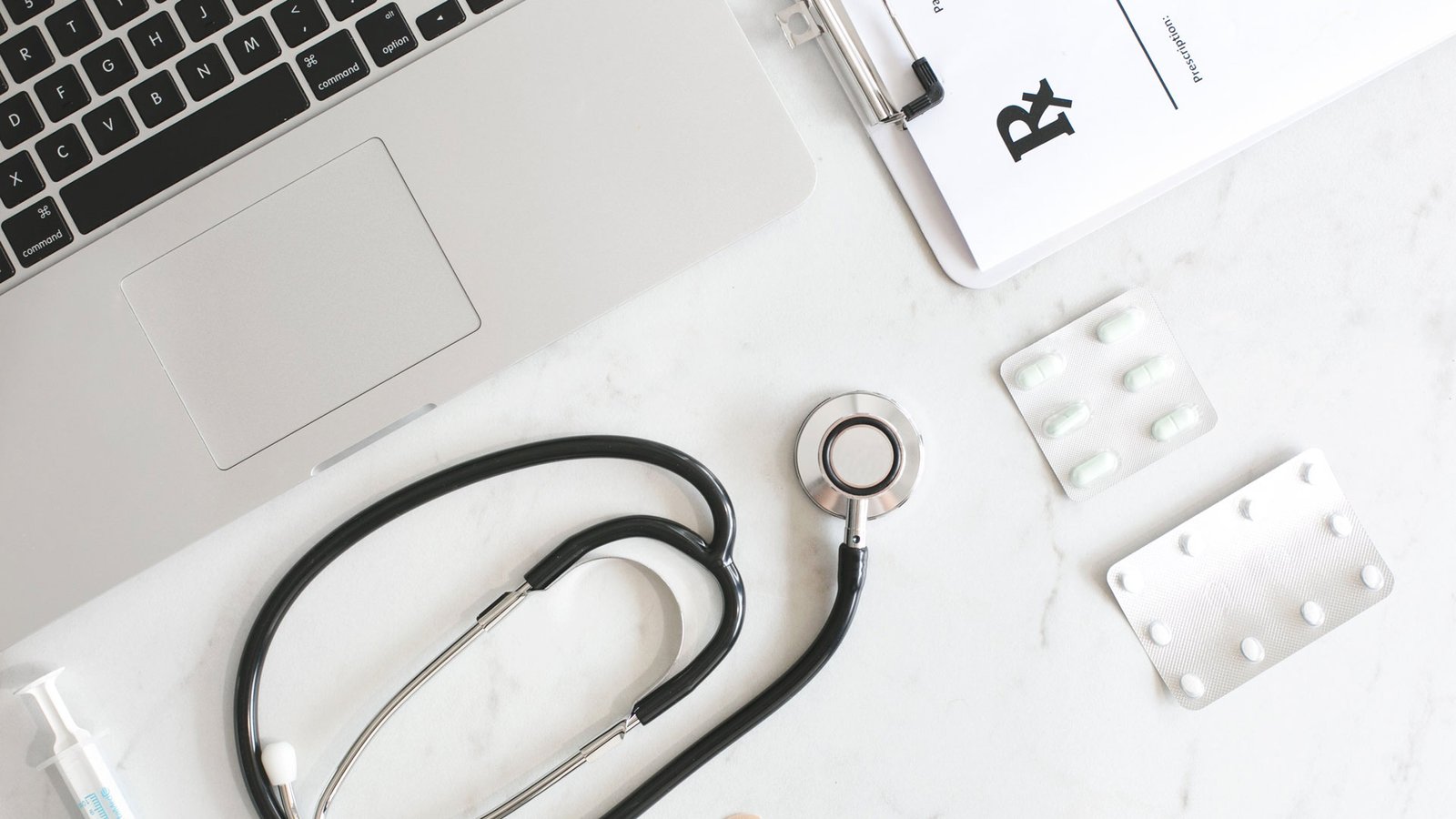1. Make Planned and Unplanned Audits
The most important thing in securing medical data storage and electronic health records is keeping on practicing audits, both planned and unplanned. Planned audits will help in maintaining the data as per standard format while unplanned data will alert the culprits not to make any alteration or unethical act with the records. There should be a hidden member in audit team who can schedule an unplanned audit without following any particular graph so that proper results can be shown and data can be kept as safe as possible.
2. Investing in Antiviruses
Since antiviruses are a great source of identifying malware actions and functions so you should never worry about investing in them. It helps greatly in keeping your patient’s data secured as their key purpose is to actively look for suspicious network. Also, most of them are already cost friendly while easy to use with putting no extra load on your system which means it will not impact on performance of other functions and efficiencies.

3. Data Encryption
Another important aspect of securing your patients’ electronic data is the data encryption which is considered as very essential as per the experts. In fact, it is the basic requirement of HIPAA security rule to keep your patient medical data storage encrypted. You can consult any certified EHR provider to perform the task. But make sure that you are not considering it as a replacement for antivirus programs and firewalls as they are for different purposes and their requirement is still very important.
4. Perform Regular Risk Assessments
Well, patients come and go with several records and data while hospitals also keep on changing their software or equipment or maybe having new suppliers for different things. There are so many risks associated with changing of each factor in any medical site which requires proper risk assessment sessions at least once in a year. In fact, it is also a part of HIPAA audit but it is more focused on privacy issues while a medical site must perform that on a whole to get a clearer picture about their data securities.

5. Patch and Regular Updating
Well it holds a great importance after many cyber-attacks happened in different hospitals and medical sites. Most importantly the Wannacry attack on UK’s national health services was an eye opener for everyone to fasten their seat belts before something struck their data as well. So now it is believed that an up to date and fully patched software are the most effective cyber-security techniques. And it applies to your medical imaging services too.
6. Cleaning-Up Unnecessary Data Immediately
Some information in hospitals are often required for temporary purposes while some are even required unnecessarily. It is important to clean them up from the system as quickly as possible since such information only puts an extra load on your system and you end up with a hanged system. It also creates a room of an opportunity for hackers to attack on your system. It is very common in hospitals when patients are waiting for their information portal while the systems stop responding all of a sudden. The main reason is unnecessary data obviously which needs to be removed and cleaned-up.











